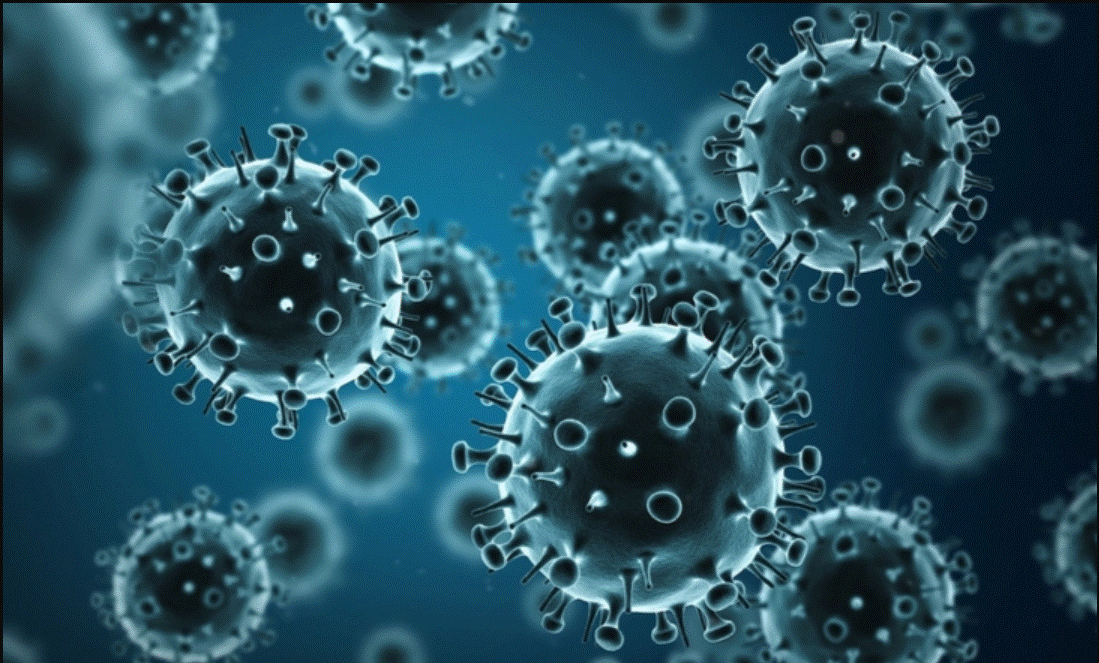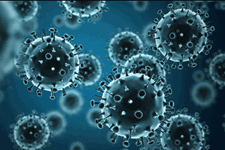News

Influenza Vaccine Containing Homologous Neuraminidase Can Reduce Disease
There are two main antigens of influenza viruses, the hemagglutinin (HA) and the neuraminidase (NA) surface glycoprotein. In the past the NA has been disregarded or placed in the background of vaccine design. While lowering the severity of the disease, NA antibodies are infection tolerant, while HA antibodies directly neutralize the virus infection. For a number of years, when the HA component of vaccines did does not match the HA of circulation seasonal strains, the hypothesis was that an antigenically matched NA protein could make up for a lower vaccine efficacy.
Baseline core body temperature was established
Scientists from the Departments of Viroscience and Neurology, Erasmus Medical Center and the Division of Pathology, Utrecht University in the Netherlands, implanted 6 ferrets intra-abdominally with Star-Oddi’s DST micro-T temperature loggers two weeks before the second influenza vaccine inoculations. Core body temperature was recorded every 10 min throughout the study. Four different combination of vaccines were used as well as placebo, and at day 56 they were challenged with the H3N2 influenza virus. The body condition was recorded, antigen responses were measured, virus shedding from nose and throat as well as the core body temperature. Temperature baseline was established before and after the virus H3N2 challenge with the average temperature for the 3 days prior to the challenge.
NA can potentially protect ferrets from lower respiratory tract infections
It was discovered that a NA that was antigenically matched might lessen the severity of illness, lessen virus shedding from the nose, and shield ferrets from lower respiratory tract infection. Also, the lack of virus in the lower respiratory tract suggested that vaccination with a matched NA can prevent the infection just as effectively as the homologous HA-containing vaccines.
Despite having a decreased effectiveness, the homologous NA vaccine led to a decrease in disease severity seen through a drop in fever and a considerable reduction in viral shedding from the nose; which may prevent further transmission to others. The conclusion was that, although this was greatly reliant on the enzymatic activity and protein stability, inactivated influenza vaccines have the capacity to produce powerful and protective immune responses to the NA protein.
The article was published in Journal of Virology and can be accessed here
